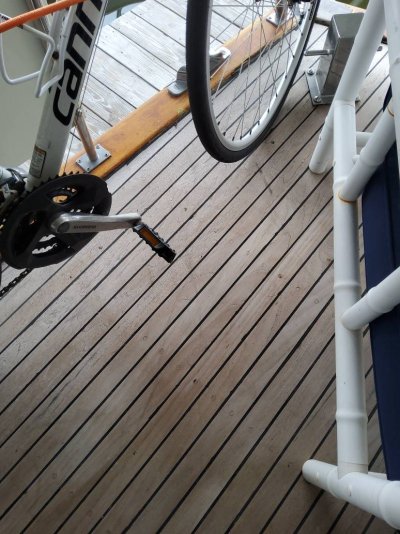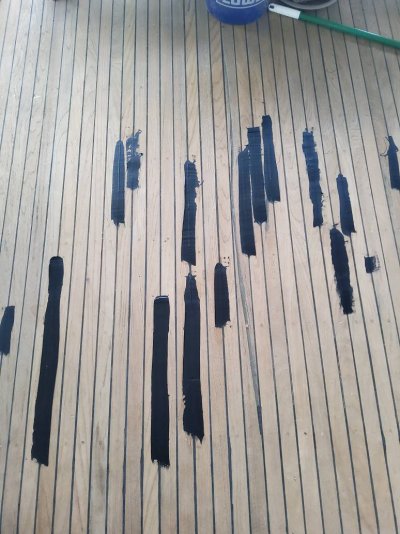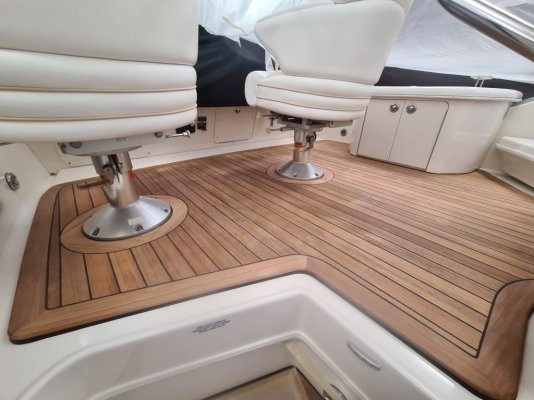SimonBryan
Veteran Member
Hi all
Seriously thinking of pulling up the old, worn and heavily delignated(?) teak decking and putting diwn the product from https://www.topteak.com.au/
RMYC Broken Bay has it installed in their tenders and it looks and feels really good.
My main hesitation is I have no idea where to start removing teak decking! Would do the Pulpit first as it is a definite confined area.
Anybody removed the teak and give me some pointers?
Seriously thinking of pulling up the old, worn and heavily delignated(?) teak decking and putting diwn the product from https://www.topteak.com.au/
RMYC Broken Bay has it installed in their tenders and it looks and feels really good.
My main hesitation is I have no idea where to start removing teak decking! Would do the Pulpit first as it is a definite confined area.
Anybody removed the teak and give me some pointers?





